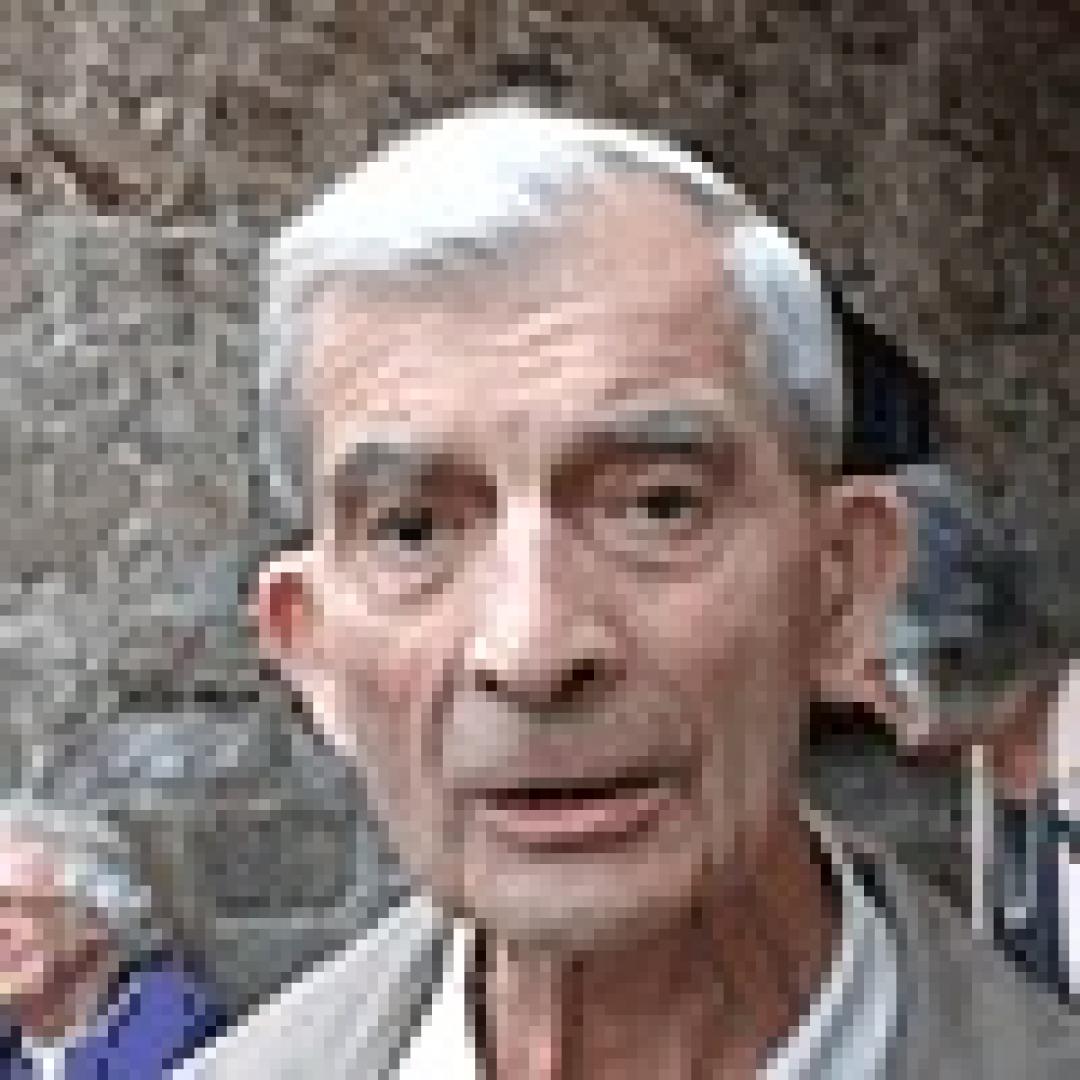ARCHAEOLOGY can be really exciting – imagine what it must have been like to find the Middleham Jewel or the Gilmonby Hoard and to be the first person to hold something that hasn’t been seen for hundreds of years.
It would be an experience that you would never forget.
It almost goes without saying that if you did find something really old you’d need to take it to an expert who could identify it and tell you all about it.
Of course most of us will never be lucky enough to find something from the distant past hidden under the ground, and in that case we need experts to tell us just how interesting other people’s archaeological finds can be.
We are lucky in Teesdale in that we have archaeologists who have acquired considerable knowledge and expertise, and at the same time are good at getting the rest of us interested in the distant past. Sadly, we have lost one of these experts this year. Dr Ken Fairless of Cotherstone has recently died. I first came into contact with Ken when I began to attend meetings of the Teesdale Record Society on a reasonably regular basis. I soon formed the impression that the longer-standing members of the record society viewed Ken with a mixture of respect, admiration and affection and it might come as no surprise that I soon viewed him in the same way myself – respect for his learning and expertise, admiration for the way he could put his knowledge across and keep an audience interested, and affection because, well Ken was Ken.
He was the sort of man that you couldn’t help but like.
In the 1970s Ken Fairless was a lecturer at Middleton St George College of Education, near Darlington, where he naturally began to introduce archaeology into the curriculum.
It was at Middleton St George that Ken met Denis Coggins, who was specialising in medieval history at the time. Ken and Denis quickly became good friends and as a result of this friendship, their enthusiasm for archaeology increased exponentially.
Three factors came together to provide a boost for archaeology in Teesdale – the combined knowledge of Denis and Ken, their personal gifts as teachers, and a pool of willing students to assist in “digs” in the dale.
The students could be trained in basic archaeological techniques and they provided a workforce that could achieve much more than their two tutors could have managed without them. Bear in mind that most archaeological digs only last for a few weeks in each year.
In 1972, 1973 and 1974 the team excavated part of Forcegarth Pasture North, just above High Force. In 1974 and 1975 they turned their attention to an early settlement in Forcegarth Pasture South.
The college was closed down in 1978 but Ken and Denis were able to continue digging. They were at Simy Folds, half a mile south of High Force, in 1976, 1979 and 1981 and at Middle Hurth, to the north of Forest School in 1978 and 1979. Some of these digs were reported in volumes of the Durham Archaeological Journal, which made its first appearance in 1983. The report on the eighth century settlement at Simy Folds appeared in volume 27 of Medieval Archaeology, a journal with an international reputation.
As well as excavating and teaching, Denis and Ken were themselves studying and researching. As a result, Denis gained his MA from Durham University in 1984 on the archaeology of early settlement in upper Teesdale while Ken gained his doctorate from Durham University in 1989 with his thesis on aspects of the archaeology of the Brigantes.
They were also active in the Teesdale Record Society. The society, founded in 1935, was revived in 1983 after two periods when it lay dormant.
For several years, Denis Coggins was the record society’s president, with Ken and Nan Hamilton as joint vice-presidents. When the society’s journal was revived in 1993, Denis became its editor with assistance from Ken and Nan. When Denis died in 2003, Ken took over as president and editor for the next ten years or so. His editorship sometimes taxed Ken’s powers of persuasion as he tried to coax articles out of reluctant contributors.
As archaeologists get older, digging, with all its demands on backs and knees must become less appealing. Ken turned to studying what can be seen above ground.
In 1996 he and Denis published a report for what was then English Heritage on the old church at Brignall. In 1999 they published Wayside Crosses: Parishes of Romaldkirk and Laithkirk, Teesdale in the Durham Archaeological Journal. For readers who don’t want all the technical details of excavations, this is a very readable article, and you might be surprised at just how many wayside crosses there are in Romaldkirk parish. After Denis Coggins passed away, Ken turned his attention to recording the present state and condition of our local parish churches.
He gave guided tours at some of them and wrote descriptions of a few in the Teesdale Record Society’s Journal. He reasoned that a detailed description of a parish church in the early 21st century would be useful to parishioners, visitors and readers a hundred years from now. From the 1980s onwards, the pages of the Teesdale Mercury occasionally advertised talks given by Ken Fairless. In the 1990s the Mercury advertised a course of evening classes on Local History Through Archaeology that Ken and Denis offered at Middleton School. Ken could be found giving talks at Staindrop, Cotherstone, The Witham Hall and so on.
When the record society held a series of annual day-long seminars at The Bowes Museum, Ken was one of the speakers at the first of these, in 2001. Very sadly Ken is no longer with us.
He has left us with a notable legacy and raised the status of Teesdale in academic and archaeological circles. He will be a great loss to us all.
Jinny Howlett






